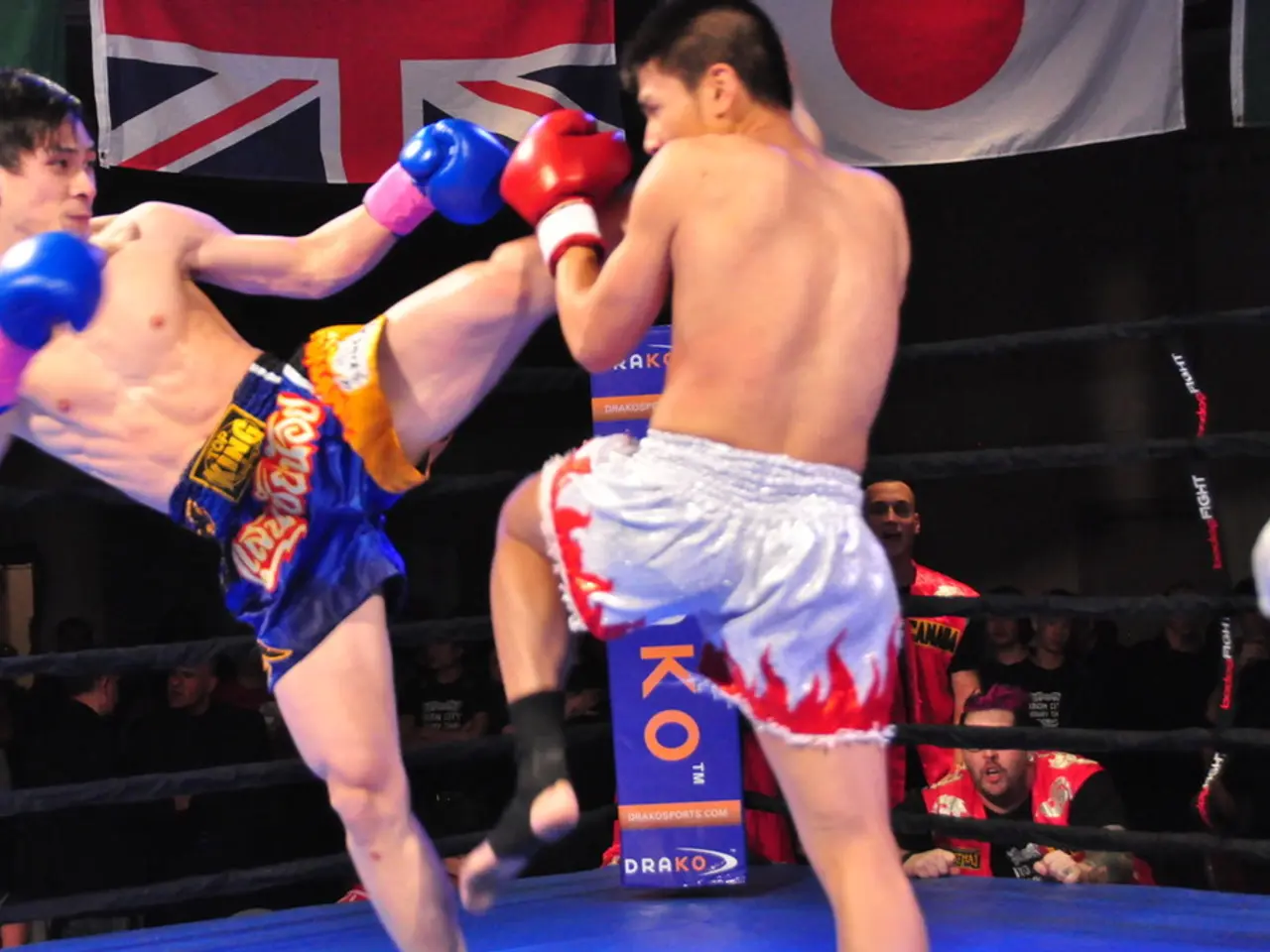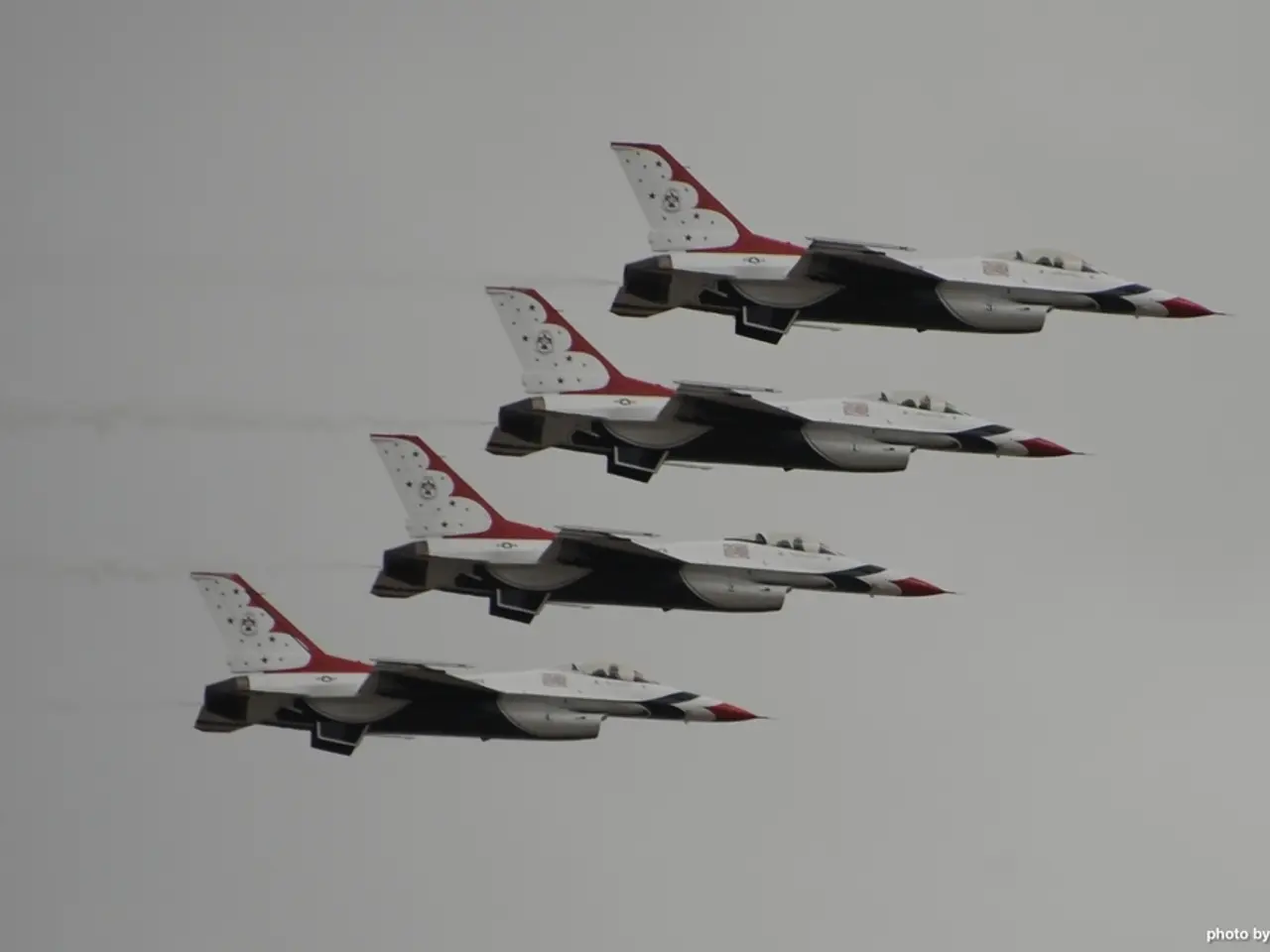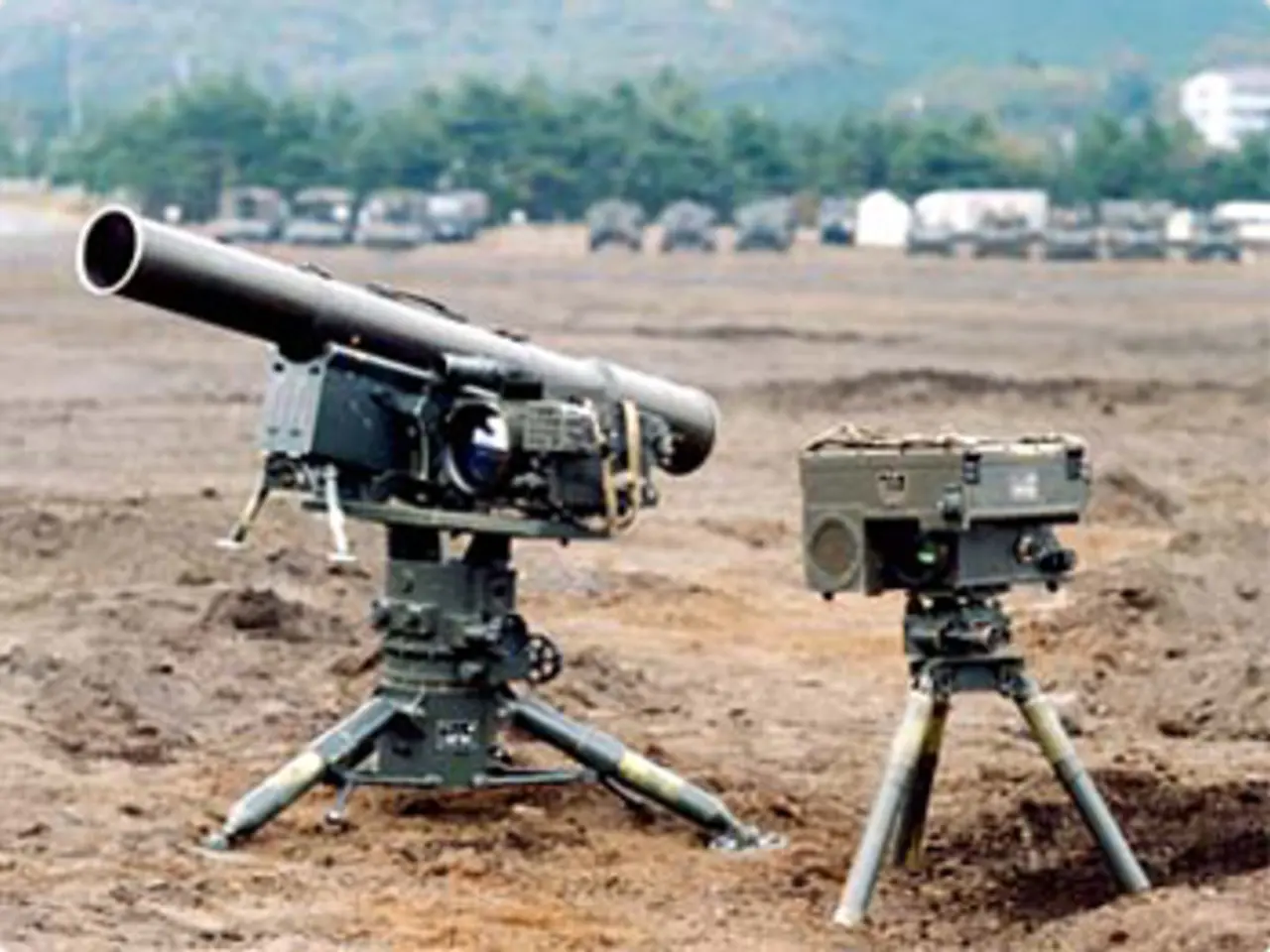Understanding Boxing's Mechanics
Boxing, a sport steeped in history and tradition, has evolved from ancient combat rituals to a modern spectacle of skill and strategy. This article takes a closer look at the key milestones and significant events that have shaped boxing into the sport we know today.
Ancient Origins
The roots of boxing can be traced back to 688 BCE, when it became an Olympic sport in ancient Greece, marking its first recorded formal competition [1]. Civilizations like Egypt, Greece, and Rome also used boxing for military training and entertainment [1].
Bare-Knuckle Era
The modern era of boxing began in 1681 with the first documented bare-knuckle fight in England [1][5]. Regular pugilistic contests started in the Royal Theatre of London in 1698, with fighters competing for purses and stakes [5]. James Figg became the first recognized English champion in 1719, holding the title for about 15 years [1][5]. Jack Broughton introduced formal boxing rules in 1743, aiming to reduce brutality after a fighter died from injuries [1][5].
Modernization
The London Prize Ring rules replaced Broughton's rules in 1838, further formalizing boxing [5]. The Marquess of Queensberry Rules, established in 1867, introduced padded gloves and timed rounds, transforming boxing into a more modern and safer sport [1]. James J. Corbett became the first world champion under gloved rules in 1892 [1].
Professional and International Developments
Boxing became a major professional sport in the early 1900s, with George "Tex" Rickard popularizing it through promotional efforts [2]. In 1906, Rickard promoted the world’s lightweight championship, increasing boxing's popularity [2]. The Fédération internationale de boxe amateur (FIBA) was founded in the 1920s to oversee international amateur competitions, later replaced by the Association Internationale de Boxe Amateur (AIBA) in 1946 [3]. The 1930s saw Mike Jacobs signing Joe Louis, launching a new era of prosperity in professional boxing [2]. Anwar Chowdhry became president of AIBA in the 1980s, implementing reforms such as computerized scoring [3].
The Modern Game
A boxing match is divided into rounds of two or three minutes, with a one-minute rest period in between [4]. A combination is any series of two or more punches in quick succession. A boxing match can end with a knockout, a technical knockout (TKO), or a decision. A TKO may occur when the referee, a ringside doctor, a boxer's trainer, or the boxer himself decides that he is too injured to continue [4].
Boxing fights typically consist of four main punches: jab, hook, uppercut, and cross [4]. The jab is a straight, low-power punch with the leading hand, often used to test an opponent or "find the range" [4]. The cross is the right fist thrown from the standard stance, crossing from right to left in a straight line toward the opponent's face [4]. The hook is a powerful punch in which the fist arcs out to the side before swinging back in and connecting with the side of the body or head [4]. The uppercut is almost always thrown with the right hand and is useful for getting under an opponent's defense or when the boxers are close together [4].
Boxers are not allowed to strike below the belt, strike when an opponent is down on the canvas, kick, strike with elbows, forearms, or the inside of the hand, head butt, bite ears, grab onto the ropes, poke the eye with a thumb, or wrestle, grapple, or hold excessively [4]. Boxing gloves are made from padded leather and are designed to protect the hands and reduce damage to the opponent [4].
If a boxer is knocked down, he must retreat to a neutral corner and the referee makes sure he's OK and able to defend himself before the fight continues [4]. Bobbing and weaving is a common defensive technique in boxing, where fighters bounce slightly and move from side to side by pushing off slightly on one foot, then the other [4].
The style of a boxer, also known as their fighting style, can be one of three main types: the boxer (or outside fighter), the slugger, or the inside fighter [4]. Judges watch each round and determine which boxer won that round. They assign points to each boxer for winning a round. The points for all the judges are tallied at the end of the match, and the boxer with the most points (or rounds) is declared the winner [4].
In a decision, the winner of the match is determined by judges, and the result is known as a decision. Professional matches use three judges (or sometimes two judges plus the referee). Olympic boxing uses five judges [4].
Boxing is a sport with rules to designate a winner, keep matches interesting, and reduce the chance of serious injury [4]. Boxers need tremendous physical endurance, and traditional training exercises include skipping rope, using a punching bag or pads, weight lifting, and sparring [4]. The boxing ring is a raised, square platform with a canvas surface and flexible ropes [4].
In a boxing match, a boxer's goal is to knock his opponent down, stunning him so severely that he cannot regain his feet before the referee counts to ten. This is called a knockout (KO) [4]. Boxing is a sport that requires discipline, strategy, and physical prowess, making it one of the most captivating and enduring sports in history.
[1] Boxing: A Cultural History, John D. McInroy, 2016 [2] The Rise of Boxing, Larry Slotnick, 2009 [3] The History of AIBA, AIBA, [accessed 2021-03-15] [4] Boxing, The Basics, Jeffrey H. Holmes, 2007 [5] The History of Boxing, The Ring, [accessed 2021-03-15]
Sports like boxing have roots in ancient Greece where it was an Olympic sport in 688 BCE. Boxing's modern era began in England with the first documented bare-knuckle fight in 1681, transitioning into a more formal and less brutal sport with the introduction of rules by James Figg and Jack Broughton.







